
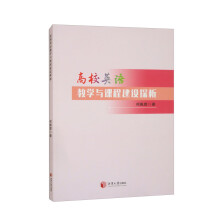

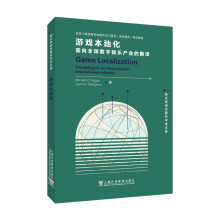
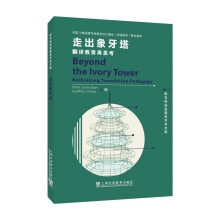

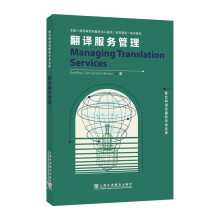
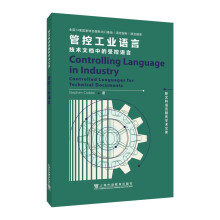

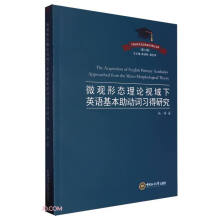

Table of contents
Part I. Linguistic perspectives and implications for L2 pedagogy
Chapter 1 Mental representation and skill in instructed SLA 3
Chapter 2 Input and output in SLA: Applying theories of mental representation and skill 23
Chapter 3 Interaction and the Noun Phrase Accessibility Hierarchy: A study using syntactic priming 43
Chapter 4 Generative approaches and the competing systems hypothesis: Formal acquisition to pedagogical application 63
Chapter 5 Why theory and research are important for the practice of teaching: The case of mood choice in Spanish relative clauses 85
Chapter 6 Input-based incremental vocabulary instruction for the L2 classroom 107
Chapter 7 Experimentalized CALL for adult second language learners 139
Chapter 8 Accounting for variability in L2 data: Type of knowledge, task effects, and linguistic structure 165
Chapter 9 The development of tense and aspect morphology in child and adult heritage speakers 193
Part II. Cognitive perspectives and implications for L2 pedagogy
Chapter 10 Control and representation in bilingualism: Implications for pedagogy 223
Chapter 11 Language selection, control, and conceptual-lexical development in bilinguals and multilinguals 241
Chapter 12 Lexical access in bilinguals and second language learners 267
Chapter 13 Cognitive foundations of crosslinguistic influence 287
Part III. Concluding remarks
Chapter 14 Ideas for the practice of instructed SLA and their rationale: A summary and commentary 311
温馨提示:请使用秦皇岛图书馆的读者帐号和密码进行登录